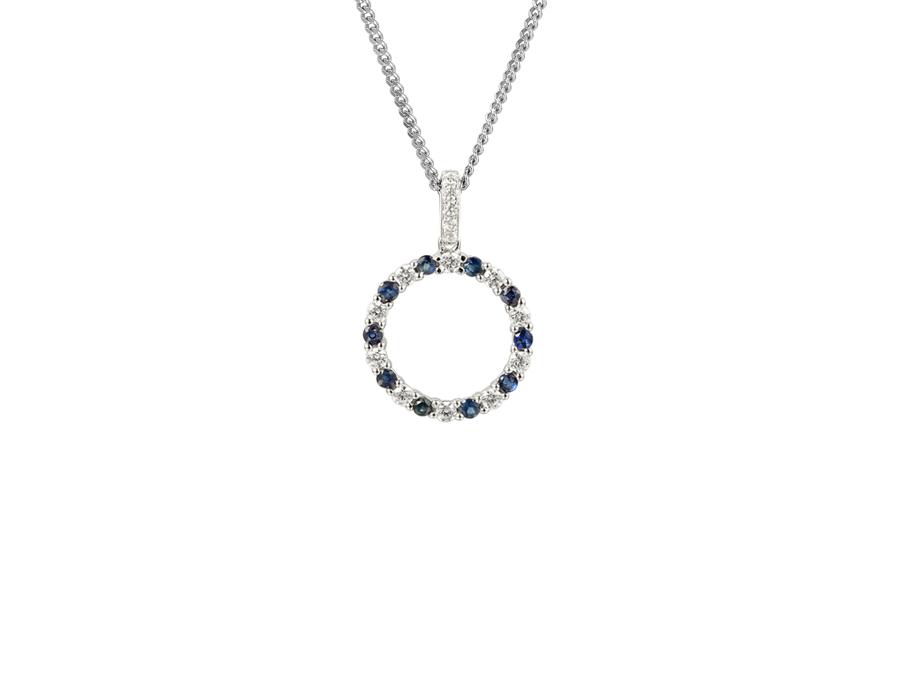We use cookies to make your experience better. To comply with the new e-Privacy directive, we need to ask for your consent to set the cookies. Learn more.
So You Think You Know Jewellery?
We hear lots of commonly held myths about jewellery all the time, and these are often passed down through the generations much like a piece of heirloom jewellery. Most of these myths don't hold up anymore; the accepted wisdom of the past has been changed by technology, so what was once true is no longer the case.
One of the common misconceptions is that you can detect real gold by biting into it – if you see teeth marks its real gold, and if not then it's a cheap fake. While it is true that pure gold is quite a soft metal and that you can see indentations if you bite a piece of pure gold, it's not used in its purest form in jewellery – it would be too soft to hold settings and would easily get misshapen. Gold is alloyed with other metals to make it robust enough to be worn, so you can't reliably tell whether gold jewellery is real by biting it. Other soft metals like lead and silver can be plated with gold and still reveal indentations when bitten, and they are not true solid gold. Another common misconception people believe is that there are different naturally occurring colours of gold, because we see rose gold, white gold and yellow gold in descriptions of jewellery. Natural gold is yellow, and these other shades of gold are made by mixing gold with copper, silver or palladium.
When it comes to diamonds we often think that the bigger it is, the better and more valuable it is but this isn't always the case. Some large, showy diamonds might actually have many internal imperfections which lower their value, while some smaller diamonds can have exceptional clarity, making them more valuable than a larger stone. The cut style and quality also affects the value, as some cuts can't be achieved on every piece of rough diamond. You might have a huge rock, but if it's not cut well and isn't clear all the way through it would be worth less than a smaller well cut brilliant diamond.
People also think that diamonds are both rare and indestructible. Diamonds are no rarer than many other stones although large clear diamonds are hard to find, just as emeralds, rubies and sapphires of a comparable quality are also rare. Diamond has a lot of different uses, including in cutting and polishing applications, so even small, cloudy diamonds have a value in these uses. They are one of the hardest stones on the planet, ranking 10 on the Mohs scale. This fact doesn't mean they're indestructible, however, as they can be chipped and broken under pressure – if a diamond has a lot of imperfections this can affect the structural integrity of the stone and if cut badly these imperfections can be close to the surface and therefore, vulnerable to chipping.
Pearls are subject to a lot of myths and misconceptions, a notable one being that a real pearl can be dissolved in vinegar. This myth comes from the legend that Cleopatra dissolved a pearl in vinegar and drank it to demonstrate her wealth to Mark Antony, and while chemically speaking this makes sense it wouldn't happen very quickly, certainly not quickly enough to be a party trick. Pearls are made from layers of a substance called nacre formed around a grain of sand or a pearl seed in cultured pearl growing. Nacre is calcium carbonate, just like chalk and limestone, and while acidic substances like vinegar do react with calcium carbonate, to dissolve it this process takes time. It's still not a good idea to expose pearls to acidic substances, but they won't disappear straight away.
Pearls can occur naturally and they can also be cultured, that is to say they are grown inside the shells of certain molluscs. Naturally grown pearls from oysters are the most valuable because they take time to grow and you need to know where to look to find them. Cultured or freshwater pearls are grown using the same method, but more can be grown in a single mollusc than would happen naturally. Natural pearls are the result of a grain of sand or other irritant entering the shell of an oyster or mussel. The creature lays down layers of nacre to smooth this irritant and make it more comfortable for the creature inside. There is no discernible difference in quality of these pearls compared to natural oyster pearls, but they are more environmentally friendly and sustainable.
Finally, one common myth about gemstones is that they occur naturally in the colour you see in jewellery. Some stones are only found in one colour but these are few and far between. Topaz is a good example as blue topaz is rare in the natural world. Yellow and grey are more common colours, but heat treatment and radiation can change and enhance their colour. These treatments have been carried out for centuries and they are not considered to significantly lower the value of a stone, but it is worth knowing that exposure to heat can change the colour of a gemstone, so you don't wear them while baking or cooking where they will be near a heat source.
We hope this has helped dispel some of the common myths and misconceptions around jewellery and the processes that go into making it.















